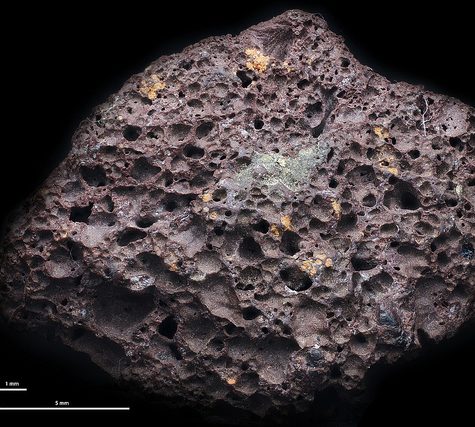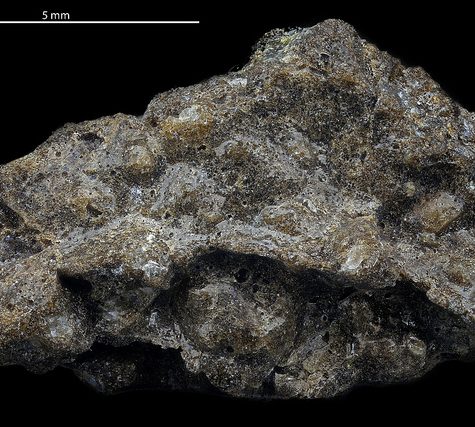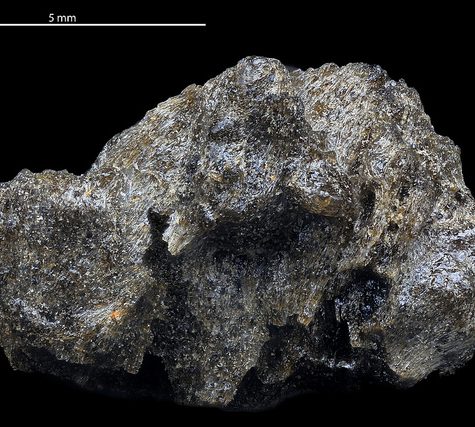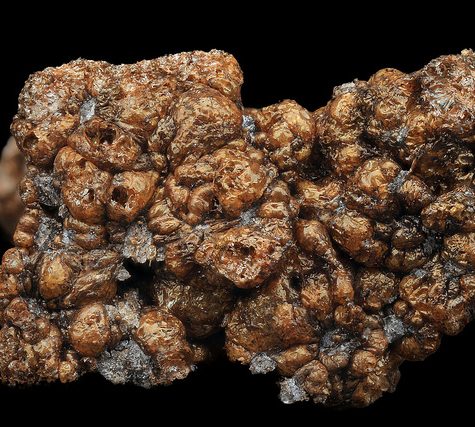Dollar Bill
$19.00 – $400.00A currency (from Middle English: curraunt, “in circulation”, from Latin: currens, -entis) in the most specific use of the word refers to money in any form when in actual use or circulation as a medium of exchange, especially circulating banknotes and coins.[1][2]A more general definition is that a currency is a system of money (monetary units) in common use, especially in a nation.[3] Under this definition, US dollars, British pounds, Australian dollars, and European euros are examples of currency. These various currencies are recognized stores of value and are traded between nations in foreign exchange markets, which determine the relative values of the different currencies.[4] Currencies in this sense are defined by governments, and each type has limited boundaries of acceptance.













